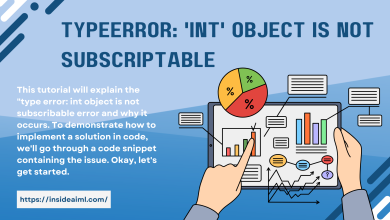How do I Create a Salesforce Classic App?

Salesforce is one of the most popular customer relationship management (CRM) systems in the world. It has become a go-to platform for businesses of all sizes to manage their sales, marketing, and customer support activities. Salesforce offers various tools and features to help businesses streamline their processes and achieve their goals. One of the most popular features of Salesforce is the ability to create custom apps. In this blog post, we’ll discuss how to create a Salesforce Classic app.
What is a Classic App Type Salesforce?
The question is what is classic app type salesforce? Salesforce Classic is the original version of the Salesforce platform. It was the first version of Salesforce that was introduced and is still used by many businesses. A Classic app is a custom app that is built using the Salesforce Classic user interface. It is designed to meet the specific needs of an organization and can include custom objects, fields, and tabs.
Step 1: Navigate to the App Setup Menu
The first step in creating a Salesforce Classic app is to navigate to the App Setup menu. This can be done by clicking on the gear icon in the top right corner of the Salesforce interface and selecting Setup from the drop-down menu. From there, navigate to the Build section and click on the Create menu. Then, select the option for Apps.
Step 2: Create a New App
Once you are in the Apps section, click on the New button to create a new app. You will then be prompted to enter a name for your app. This is the name that will be displayed in the Salesforce interface. You will also need to select the type of app you want to create. In this case, you will want to select Classic app.

Step 3: Choose a Template
After you have selected the Classic app type, you will need to choose a template for your app. Salesforce offers a number of templates that you can choose from, including Sales, Service, and Call Center. These templates are designed to help you get started quickly and easily, and they include pre-built objects, fields, and tabs that are specific to your business needs.
Step 4: Customize Your App
Once you have chosen a template, you can start customizing your app. You can add new objects, fields, and tabs to your app by clicking on the Customize option in the app builder. You can also rearrange the layout of your app by dragging and dropping components.
In addition to customizing the look and feel of your app, you can also add custom functionality using Apex code or Visualforce pages. These are advanced customization options that require a deeper understanding of the Salesforce platform, but they can help you build a more powerful and unique app.
Step 5: Add Users and Assign Permissions
After you have customized your app, you will need to add users and assign permissions. This can be done by navigating to the Users section in the Salesforce interface and creating new user accounts. You can then assign permissions to these users based on their roles and responsibilities within your organization.
Step 6: Test Your App
Once you have finished building and customizing your app, it’s time to test it. You can do this by logging in as a user and navigating to your app in the Salesforce interface. Make sure that all of the objects, fields, and tabs are working correctly, and that any custom functionality is functioning as expected.
Step 7: Publish Your App
The final step in creating a Salesforce Classic app is to publish it. This can be done by navigating back to the App Setup menu and selecting the Publish option for your app. Once your app is published, it will be available to all of the users in your organization.
In conclusion, creating a Salesforce Classic app requires a few steps such as defining the app’s objectives, designing the user interface, and customizing the app’s functionality using the Salesforce Developer Console. By following these steps, users can create powerful apps that streamline their business processes and enhance their productivity within the Salesforce ecosystem.
Read more digital marketing blogs here




